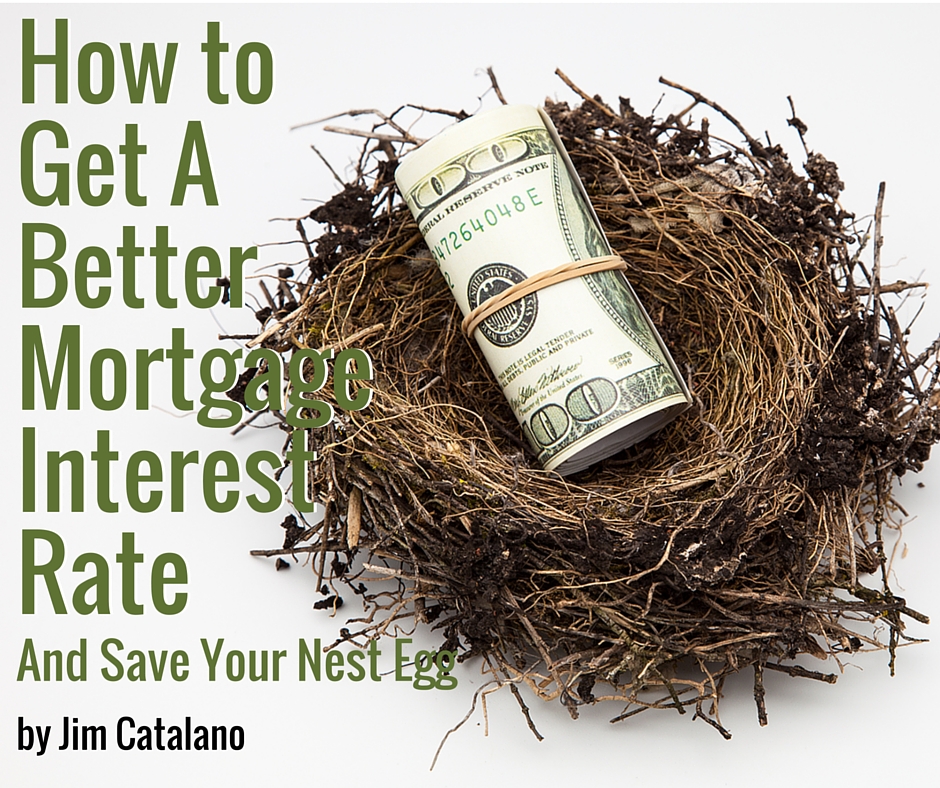
If it’s been a few years since you purchased or refinanced a home, you may not realize that it’s taking much longer to close on a mortgage loan these days.
According to Ellie Mae, the leading provider of on-demand loan origination software and services, the average number of days required to close a home mortgage loan is now 50 days. This is up by ten days from only a year ago.
There are several reasons why it’s taking longer for banks and mortgage companies to close loans. One of the reasons is the new federal regulations which have slowed down the loan process. Another reason is borrowers are less prepared for the new mortgage guidelines and underwriting process.
Following are some tips to close your loan faster and get a better mortgage rate.
1. Get your credit score in advance of applying for a mortgage loan.
The very first step a mortgage originator will take is to review your credit. If you can review your credit with your loan officer well in advance of shopping for your new home, you can determine if there are any problems present that can be addressed early enough to improve your credit score and thereby help in qualifying for a better interest rate.
Likewise, there may be misinformation on your credit you are not aware of, and reviewing early gives you sufficient time to resolve, again to help you get a better interest rate.
2. Complete a mortgage application and provide your loan officer with the main documents.
I can assure you from years of experience as a loan officer that every mortgage application is unique, and the requirements can vary. You can put yourself in a better position by completing the loan application well in advance of shopping for your new mortgage loan and meeting the paperwork requirements before shopping for a home. This will give you leverage, allowing you to be able to lock an interest rate and be prepared to close much sooner than having to wait several days for underwriter approval. Get that stuff out of the way and it will make the process much smoother for everyone involved and give you peace of mind.
3. Have your purchase or refinance strategy in place.
Know your closing costs and the options for paying mortgage closing costs in advance.
The first option, if refinancing, is to pay your closing costs with equity or cash from the home. If you are purchasing a home, your closing costs are paid at closing, along with your down payment, if applicable.
On a refinance, your closing costs are typically added to your loan balance, often referred to as “rolling your costs into your loan.”
The second option if purchasing is for home buyers to use seller concessions that are negotiated into the sales contract to pay the closing costs on your behalf.
Most sellers are willing to give seller concessions for buyers who ask early enough in the process to ensure the property will appraise for the negotiated price.
Today’s mortgage rates are near historic lows, but there is always a concern as to when will rates begin to rise. The above tips can have you prepared to take advantage of any lock options that can save you thousands of dollars by having all the paperwork out of the way.
